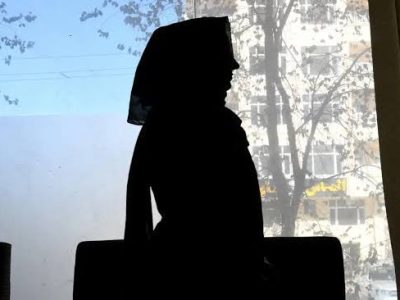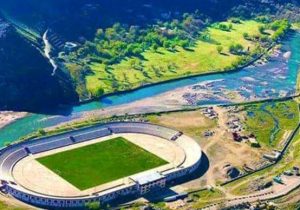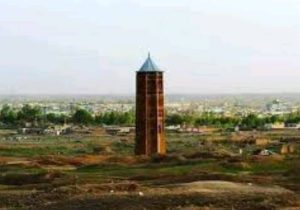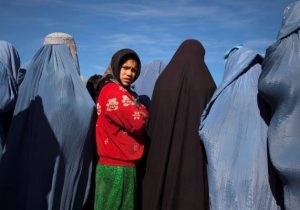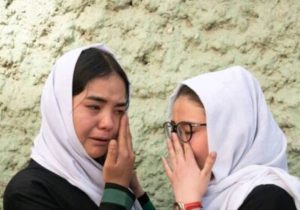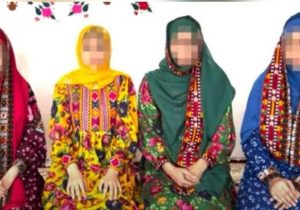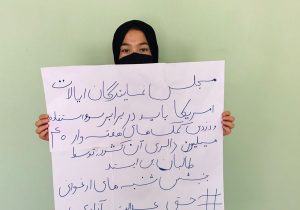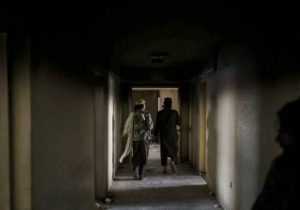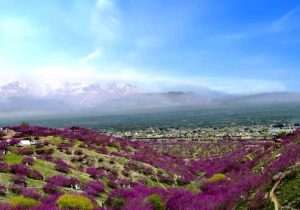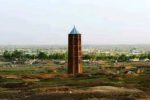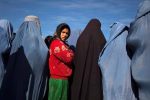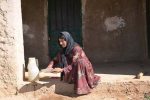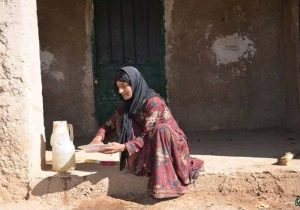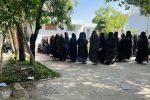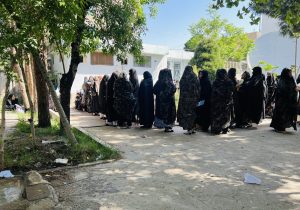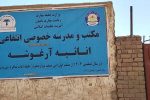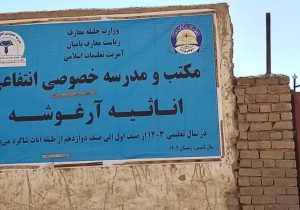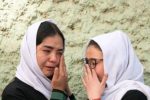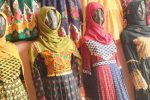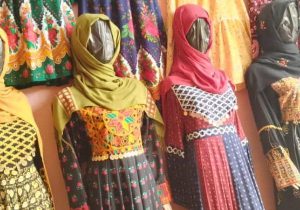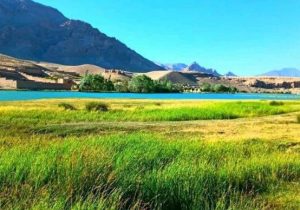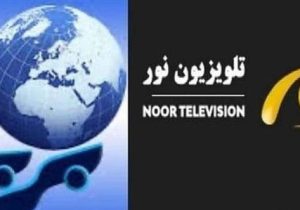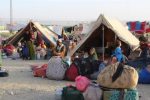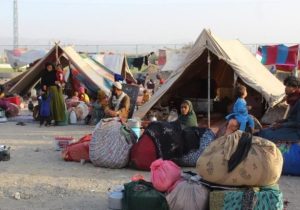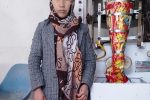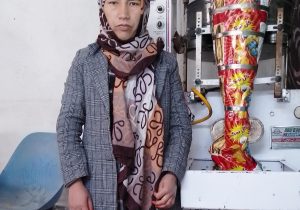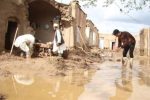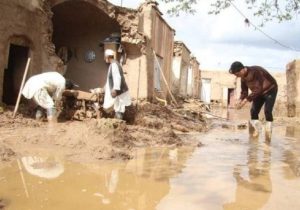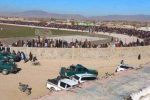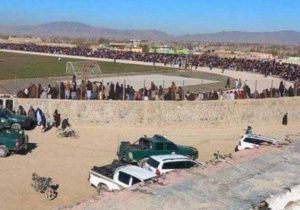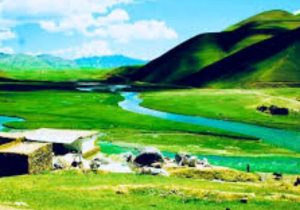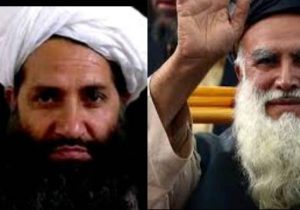HERAT, Jan 24 (Afghanistan Women’s News Agency) – Female journalists in Afghanistan have always faced numerous challenges. In the past two years, after the imposition of restrictions on women, these challenges have increased more than ever. According to information provided by the Committee to Protect Journalists in the western region, around 150 female journalists were […]
HERAT, Jan 24 (Afghanistan Women’s News Agency) – Female journalists in Afghanistan have always faced numerous challenges. In the past two years, after the imposition of restrictions on women, these challenges have increased more than ever.
According to information provided by the Committee to Protect Journalists in the western region, around 150 female journalists were active in the western region of Afghanistan in the past. However, this number has now decreased to 40, with 30 female journalists working in Herat province and 10 others in Badghis province.
It is said that these figures are not static and are subject to change, as some female journalists may start their careers as interns in certain media outlets or leave their positions. Nonetheless, some female journalists express concerns about their professional future and are apprehensive about the lack of job security and gender discrimination in the media industry, as well as the limited access to information.
Nastaran Ahmadi (pseudonym) is one of the female journalists who has left her position at a local media outlet due to limitations and gender discrimination in the media industry.
She says, “The work of female journalists is not given much importance, and there was gender discrimination in the media outlet where I used to work. For example, I worked full-time but received very little pay, around 5000 Afghanis (80$), while my male colleague had more privileges. I also faced many difficulties in accessing information because the necessary sources were not cooperative. In the end, I was forced to leave my position.”
According to the committee’s information, in other provinces such as Ghor and Farah, female journalists have not been active in the media due to various reasons, including lack of budget in the media and limitations, and some have left the country.
Lack of access to sources and information, security threats and dangers, gender discrimination, and lack of government support are among the significant challenges faced by women working in the media.


